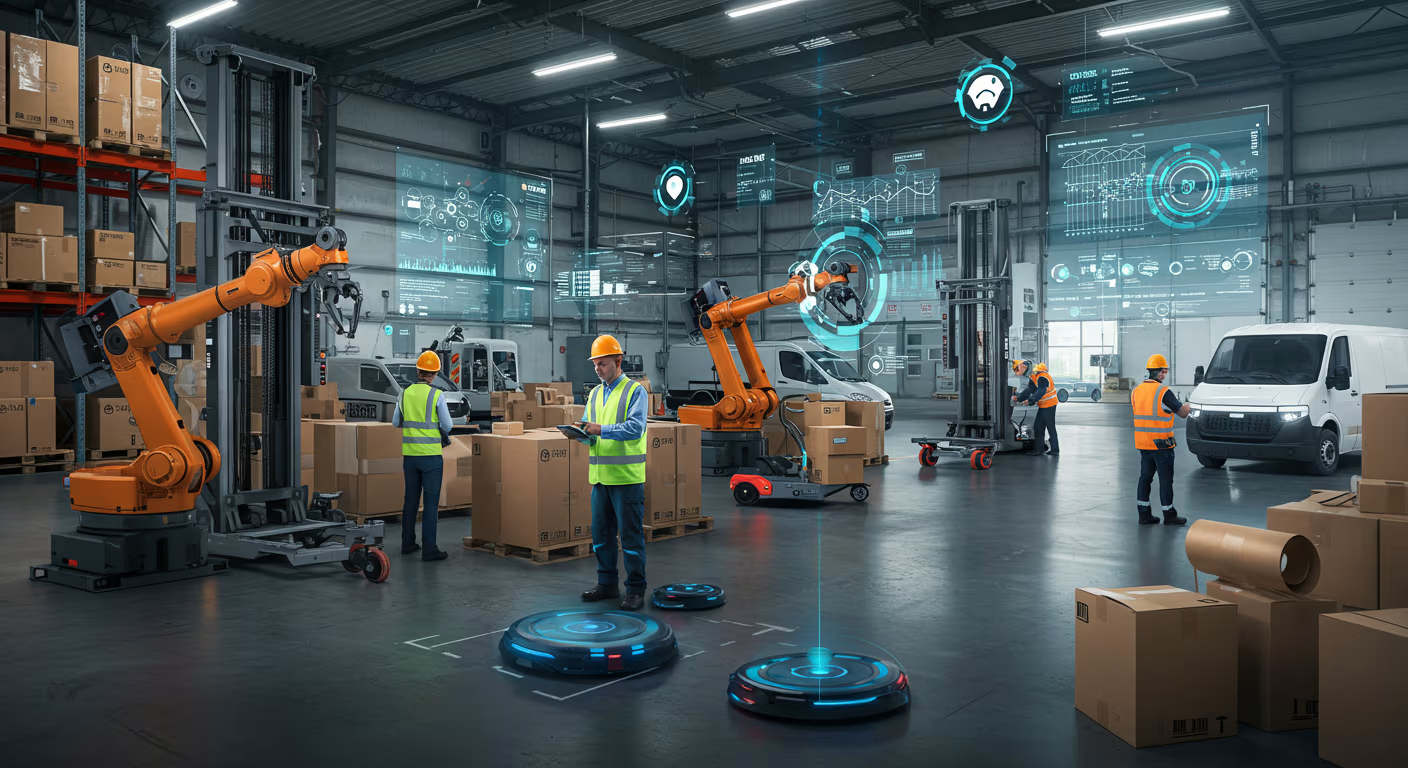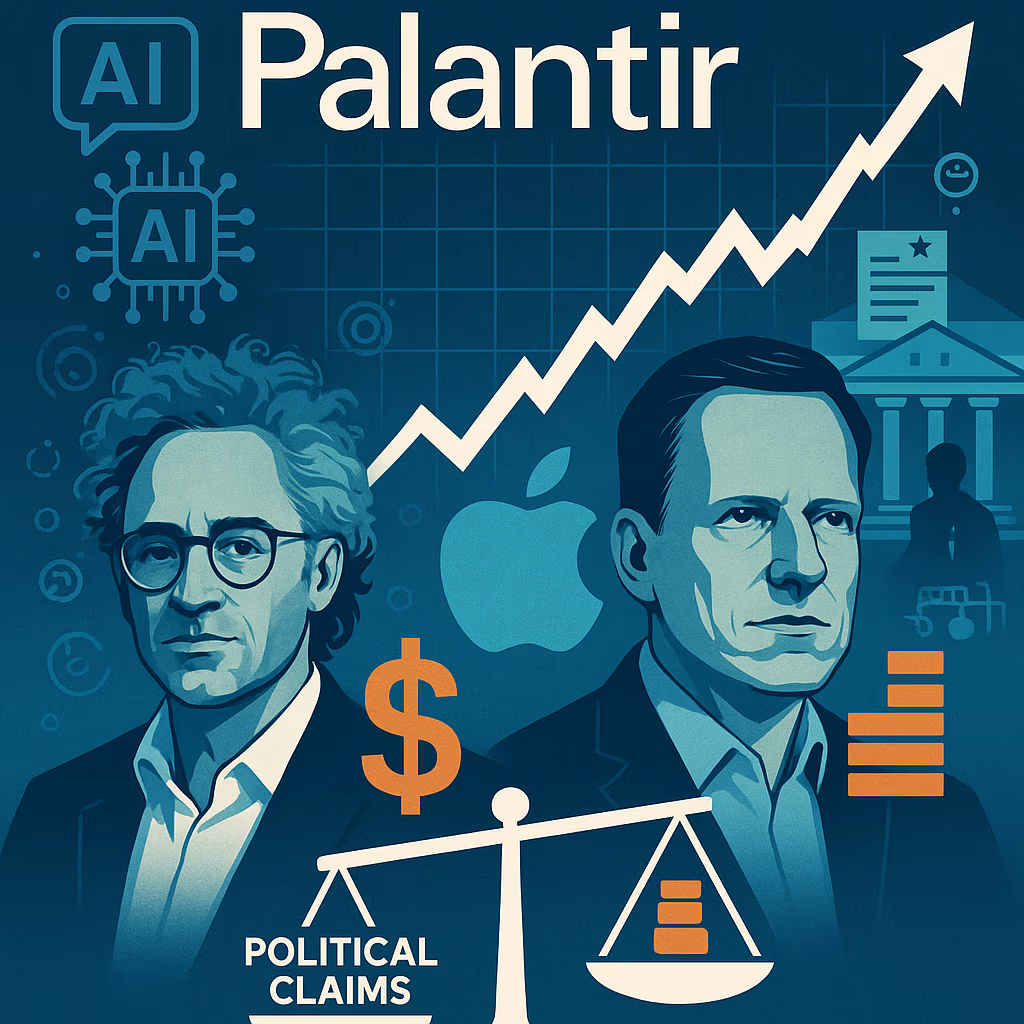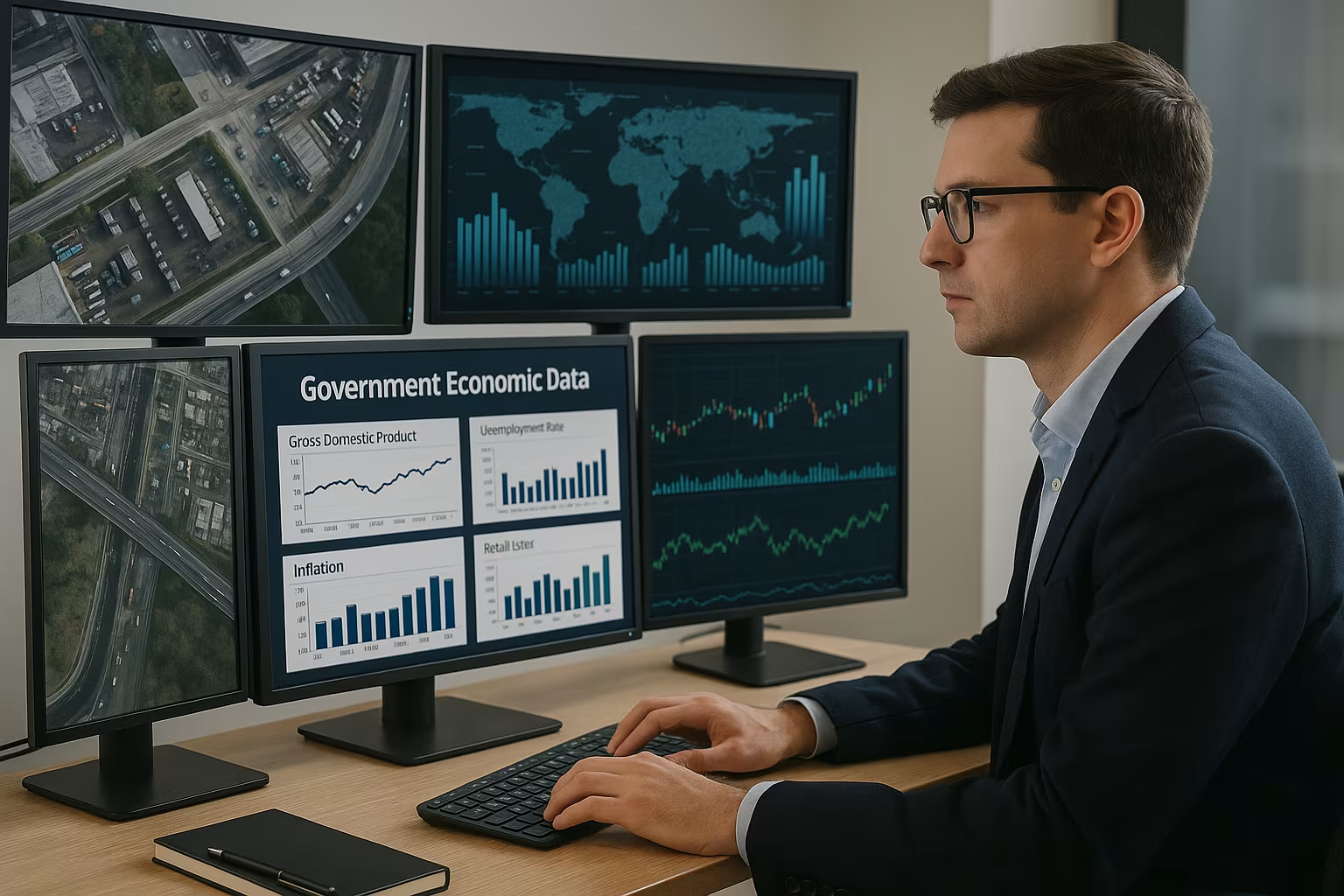As the e-commerce industry experiences exponential growth in 2025, logistics and supply chain systems are undergoing a radical transformation. The digital shopping revolution has pushed retailers beyond traditional models, forcing them to reimagine how goods move from factory to front door. Behind every successful online purchase lies a complex network of warehousing, transportation, fulfillment, and last-mile delivery—and that network is being overhauled at a record pace.
The explosion of e-commerce, accelerated by post-pandemic consumer behavior and digital-first retail strategies, has made logistics innovation not just a competitive advantage but a business imperative. With customer expectations higher than ever—demanding same-day shipping, real-time tracking, and eco-conscious packaging—the pressure is on for companies to optimize speed, cost-efficiency, and resilience. The result? A new era of logistics powered by automation, data intelligence, robotics, and sustainable infrastructure.
The E-Commerce Surge That Changed Everything
In 2025, the global e-commerce market is valued at over $7.4 trillion, and the U.S. alone accounts for nearly $1.5 trillion of that total. Online shopping, once considered a convenience, has become the default method of consumption for everything from groceries to furniture to pharmaceuticals.
Retailers, whether traditional giants like Walmart and Target or digital-native brands like Shopify merchants and Amazon sellers, are racing to meet demand. But that demand brings logistical complexity. The old model of centralized warehouses and delayed shipping no longer satisfies a consumer base accustomed to instant gratification and full transparency.
This surge has pushed logistics providers—both in-house and third-party—to develop faster, smarter, and more adaptive supply chains. Innovation is no longer optional; it’s survival.
Smart Warehousing: The Rise of Fulfillment Intelligence
One of the most critical transformations is happening inside warehouses. Gone are the days of manual inventory checks and static shelving. Today’s fulfillment centers operate like high-tech ecosystems, combining real-time inventory tracking, robotic automation, and predictive analytics.
Companies like Amazon, DHL, and Shopify are leveraging:
- Autonomous mobile robots (AMRs) to pick and pack items 3–5x faster than human workers
- AI-powered inventory management systems that forecast demand and auto-replenish stock
- Warehouse drones to perform inventory audits, reducing human error
- Digital twins—virtual simulations of warehouse operations—to test layout changes without physical disruption
These innovations reduce lead times, lower labor costs, and increase accuracy—key pillars in meeting e-commerce delivery promises.
The Transformation of Last-Mile Delivery
The last mile—getting a product from a local hub to a customer’s doorstep—remains the most expensive and complex part of the delivery process. In dense urban areas, it’s often plagued by traffic, inefficiency, and missed deliveries. In rural zones, it’s costly and time-consuming.
To combat these challenges, companies are experimenting with innovative last-mile solutions:
- Electric delivery fleets for cleaner, more efficient urban deliveries
- Smart lockers and pickup hubs to reduce failed delivery attempts
- Crowdsourced gig delivery networks, using apps like Roadie and Uber Direct
- Drone and autonomous vehicle pilots, particularly for high-density, short-range deliveries
Walmart has rolled out drone delivery in select markets, offering 30-minute delivery windows for eligible items. Meanwhile, FedEx and UPS are investing heavily in electric and hybrid fleets to reduce emissions and lower fuel costs.
Real-Time Visibility & Predictive Logistics
Customer expectations now include full shipment transparency—from the moment an order is placed to the second it arrives. In 2025, logistics providers are embracing real-time visibility platforms powered by IoT sensors, GPS, and cloud-based dashboards.
These systems not only provide updates to customers but also offer predictive insights for supply chain managers, such as:
- Traffic or weather disruptions
- Delayed port entries
- Customs holdups
- Warehouse bottlenecks
By combining live data with AI-based forecasting, businesses can reroute shipments dynamically, reduce spoilage, and maintain inventory health with pinpoint accuracy.
Supply Chain Resilience After the Pandemic Era
COVID-19 exposed just how fragile global supply chains can be. In response, 2025 is seeing a strategic shift toward resilience over efficiency. Businesses are diversifying sourcing, reducing reliance on single-region suppliers, and building multi-node fulfillment networks.
Major changes include:
- Nearshoring and reshoring of critical manufacturing closer to domestic markets
- Decentralized micro-fulfillment centers (MFCs) in urban areas for rapid delivery
- Hybrid supply models, mixing owned assets with third-party logistics (3PL) partners
Retailers are balancing cost with continuity—understanding that customer trust can erode with even a single delay or stockout.
Sustainable Logistics: Green Is the New Fast
Sustainability is now a requirement, not a nice-to-have. Consumers in 2025 are actively choosing brands that demonstrate environmental responsibility, and logistics is a major part of that equation.
From packaging to fuel to facility operations, companies are reducing their carbon footprint in multiple ways:
- Switching to recyclable and biodegradable packaging
- Optimizing delivery routes to cut emissions
- Installing solar panels on distribution centers
- Investing in electric and hydrogen-powered transportation
Brands like IKEA and Target have pledged net-zero emissions across their supply chains by 2030, and others are following suit. For logistics companies, going green is not just about compliance—it’s also about efficiency and future-proofing.
AI, Machine Learning & Automation at the Core
Artificial intelligence is powering the decision-making behind these transformations. Logistics platforms in 2025 are deeply integrated with AI tools that:
- Forecast future orders based on consumer behavior
- Recommend optimal shipping carriers based on cost, time, and location
- Auto-update customers with proactive notifications
- Allocate inventory based on regional demand spikes
Machine learning algorithms continuously improve from each delivery, helping businesses reduce waste, shorten delivery windows, and minimize returns—directly impacting margins.
Collaboration Is Key: The Rise of 4PL
To handle the growing complexity, many retailers are turning to fourth-party logistics (4PL) providers who act as strategic supply chain integrators—managing multiple 3PLs, freight carriers, customs brokers, and tech systems under one digital umbrella.
This model allows brands to focus on customer experience while experts handle end-to-end logistics. Companies like Flexport, ShipBob, and Project44 are becoming dominant players in this field, offering end-to-end visibility and control.
Challenges Still Remain
Despite innovation, several challenges persist:
- Labor shortages in warehousing and trucking
- Cybersecurity threats targeting supply chain systems
- Rising fuel and materials costs
- International trade tensions impacting sourcing
But these challenges are also driving new business models, including supply chain finance, dynamic pricing for logistics services, and cloud-native logistics platforms that offer scalability and adaptability in real time.
Looking Ahead: What Comes Next?
The future of logistics and supply chain management will likely include more autonomous vehicles, AI-operated warehouses, decentralized inventory networks, and blockchain-backed transparency in sourcing. The goal is not just speed, but intelligence—creating supply chains that think, learn, and optimize themselves.
In a world where every second counts and customer loyalty can be lost with a single misstep, companies that invest in smart, scalable logistics will define the next era of e-commerce
In 2025, logistics and supply chain innovation is no longer happening behind the scenes—it is the backbone of the e-commerce economy. As online shopping continues to explode, the winners will be those who embrace agility, intelligence, and sustainability in every link of the supply chain.
From smart warehouses to AI-driven forecasting, and from eco-friendly delivery fleets to predictive analytics, the future of logistics is here—and it’s redefining what it means to compete in digital commerce. In this environment, fast isn’t enough. Today, it’s about being fast, efficient, transparent, and green.





